May 29, 2015
Routine basement excavation uncovers important fossil discovery
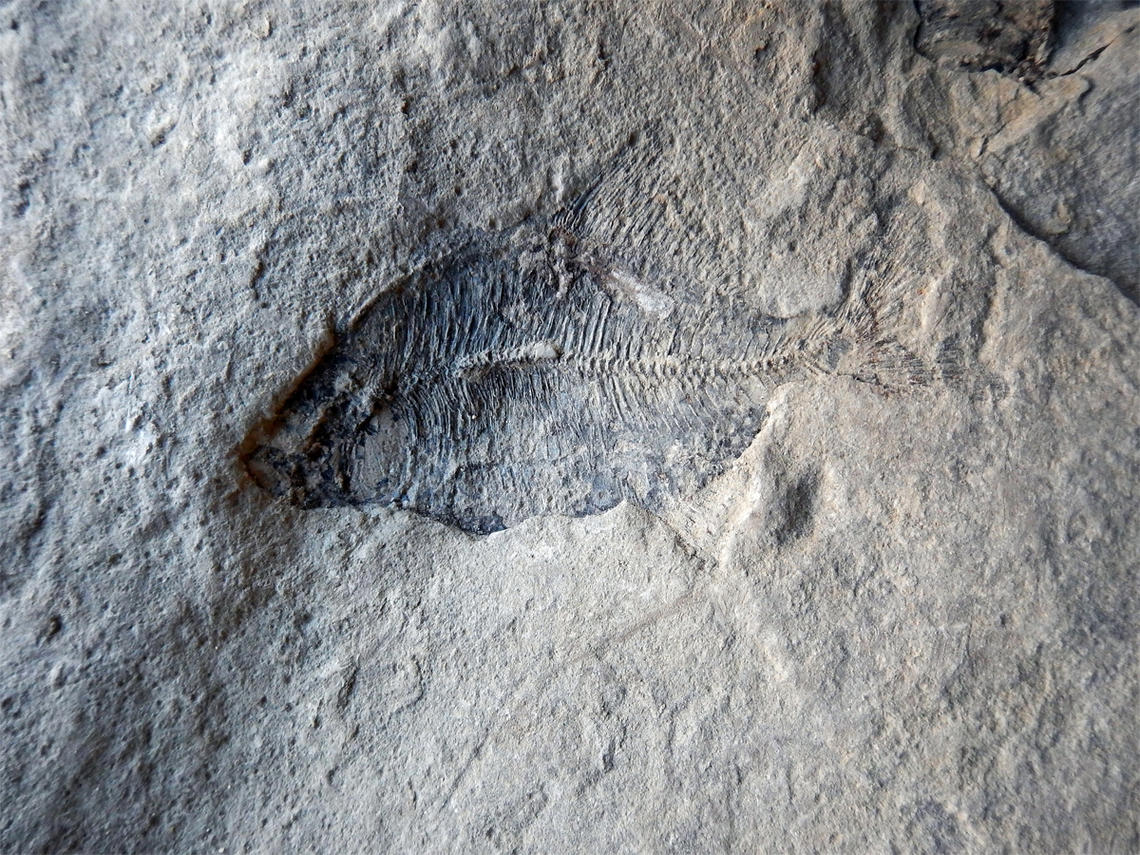
Five nearly perfect fish fossil specimens were found in a block of sandstone excavated in the NW.
Darla Zelenitsky, University of Calgary
For Edgar Nernberg, it was just another day on the job site. Little did he know that once his excavator began to rip through the ground below, a snapshot from the past would soon be revealed.
Nernberg, who works for a local excavation company, was busy digging a basement for a new home in the northwest community of Evanston when he noticed something.
“The something I noticed was quite extraordinary, I knew right away that this was different from the other fossils I have uncovered in my many years of excavating and collecting fossils,” says Nernberg, who also happens to have a keen interest in fossils dating back to his childhood growing up on a farm in Manitoba.
“The first seashell fossils I saw were shown to me by my father in the rocks we had to pick off of our farmland in Manitoba, and I've been watching for and collecting fossils ever since.”
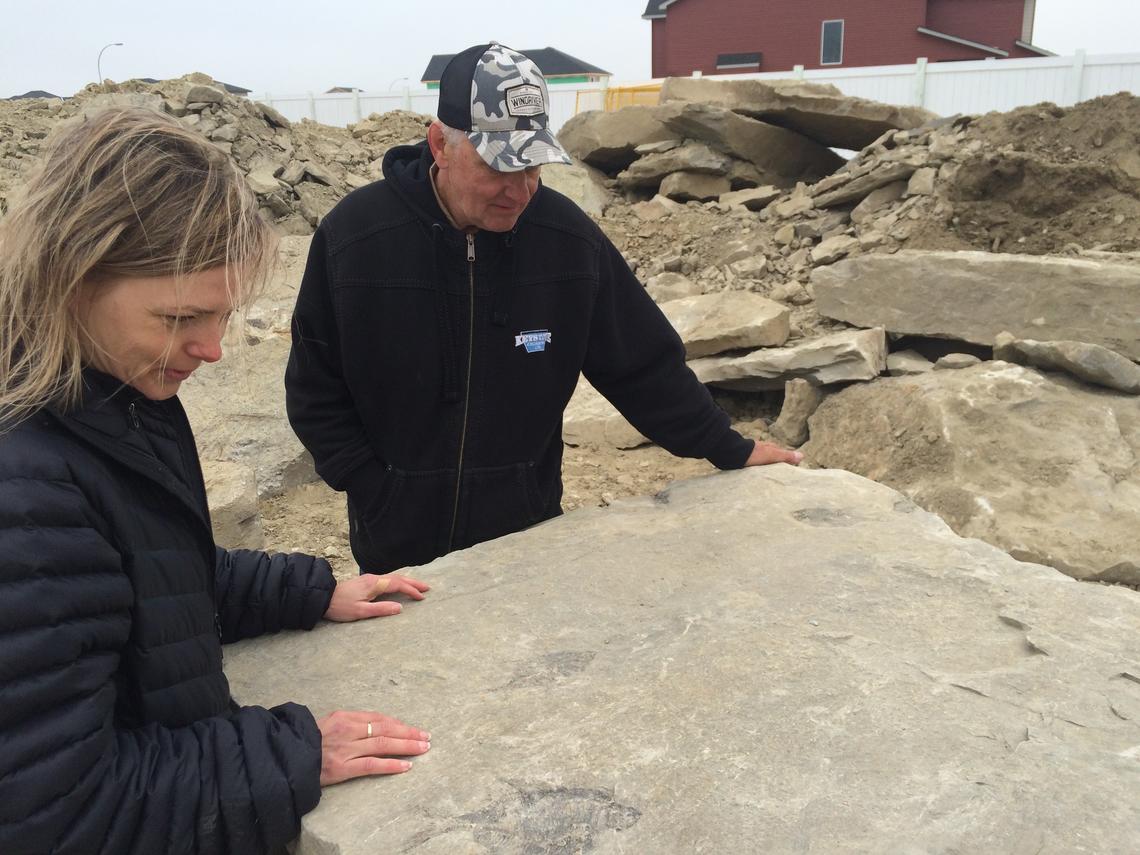
Paleontologist Darla Zelenitsky and Edgar Nernberg at the site where the fossils were discovered.
Drew Scherban, University of Calgary
'I better call a paleontologist'
Since moving to Calgary 12 years ago, Nernberg has had the opportunity to excavate hundreds of basements in Calgary and surrounding communities. “In that process I've occasionally come across clams, snails, leaf impressions and wood remains embedded in the sandstone. When the five fish fossils presented themselves to me in the excavator bucket, the first thing I said was you’re coming home with me, the second thing was I better call a paleontologist.”
The unearthing was astounding, as five nearly perfect fish fossil specimens were concealed in a block of sandstone in the Paskapoo Formation, a roughly 60-million-year-old rock formation that underlies Calgary.
Nernberg contacted Darla Zelenitsky, paleontologist and assistant professor at the University of Calgary.
“Because complete fossils are relatively rare from this time period in Alberta, any such discoveries are significant as they shed light on the nature and diversity of animals that lived not long after the extinction of the dinosaurs,” says Zelenitsky. “These fossil fish are important because they are very primitive representatives of a large group of bony fish known today.”
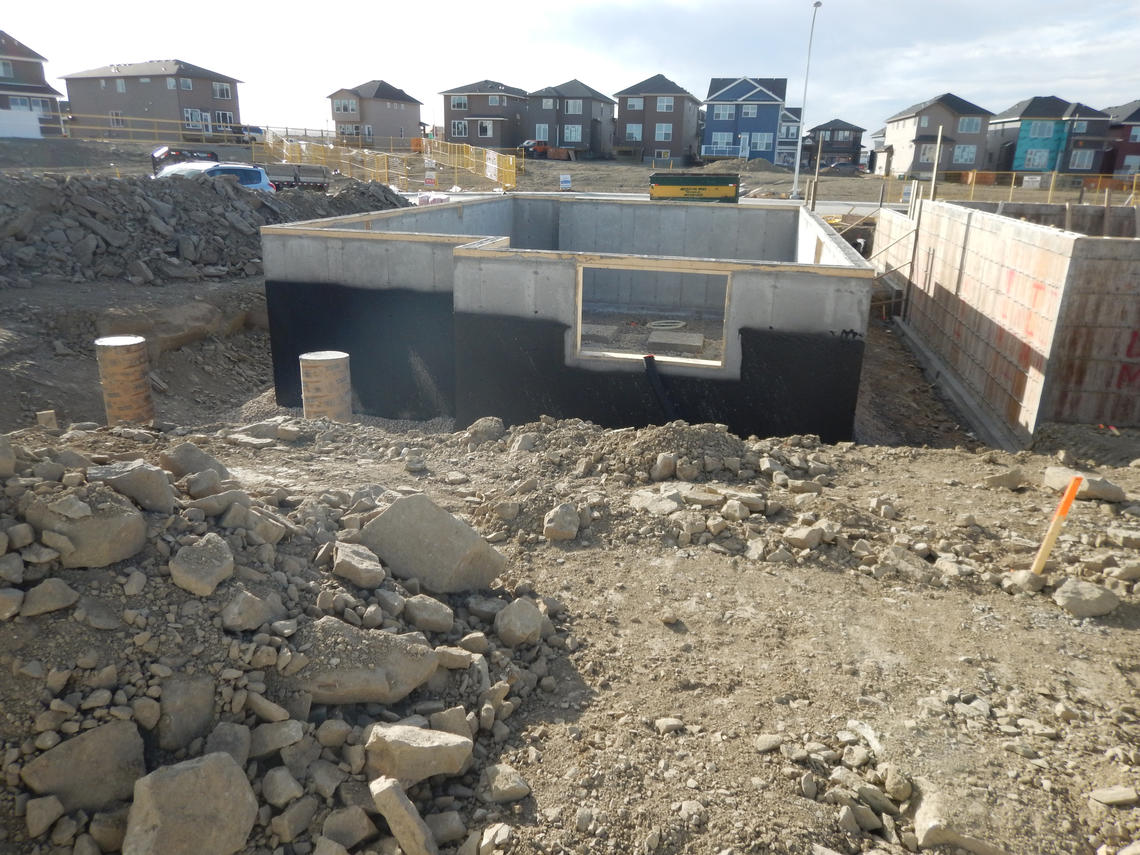
The excavated basement where the fish fossils were discovered.
Darla Zelenitsky
Shedding light on a period of mass extinction
This latest find will allow researchers to appreciate and learn more about a time period following a major mass extinction that occurred around 66 million years ago that killed off 75 per cent of species, including the dinosaurs.
While this discovery is key for further research, the fact that the fossils were reported is also significant.
“It’s really important that fossil findings be brought to the attention of a paleontologist at a major university or museum so they can be assessed, cleaned and properly cared for,” says Zelenitsky. “Although sometimes fossils can be difficult to recognize while embedded in rock, significant finds can be made by anyone virtually anywhere in the province.”
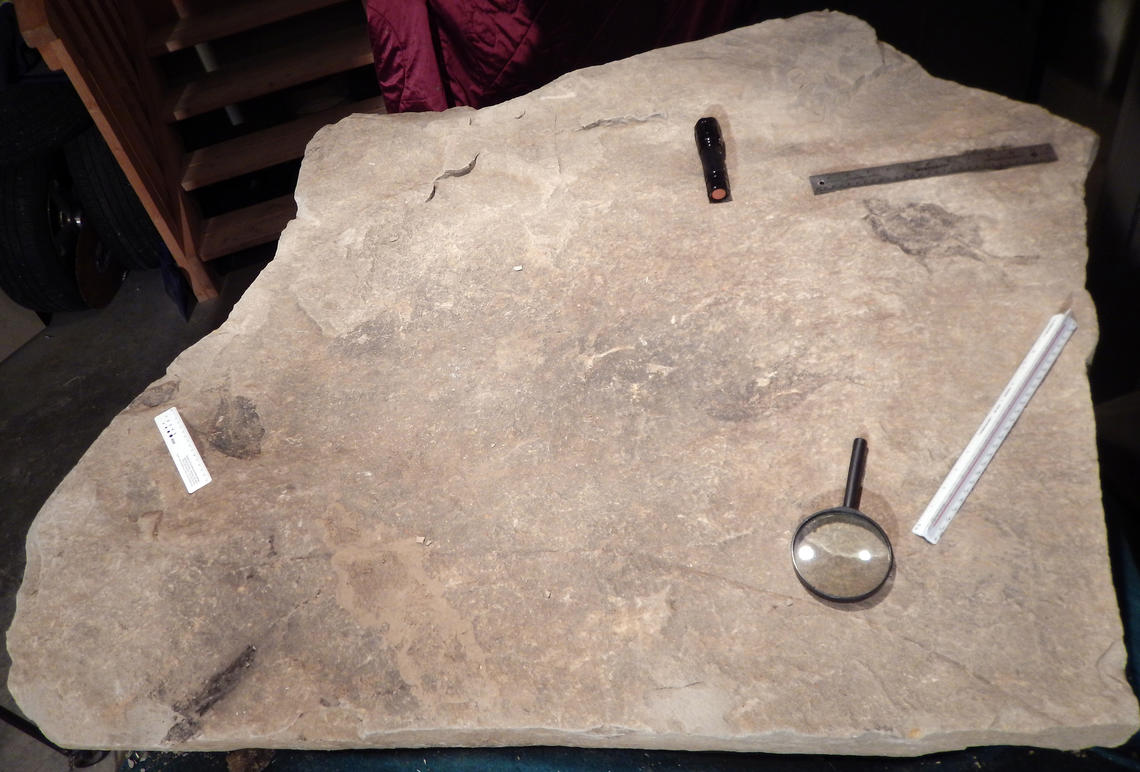
Sandstone block containing fossil fish.
Darla Zelenitsky
It is important to note that there are two methods of collecting fossils in the province: surface collection and excavation.
“Picking fossils up from the ground surface, or surface collection, is allowed in Alberta only with landowner permission,” says Zelenitsky. “However, removing or excavation of fossils from the ground can only be done by a professional paleontologist with a permit.”
All fossils in Alberta are property of the province, not of the landowners or the individuals who find them.
The specimens will now make their way to the Royal Tyrrell Museum in Drumheller, where they will be curated, cleaned up, and potentially go on display.
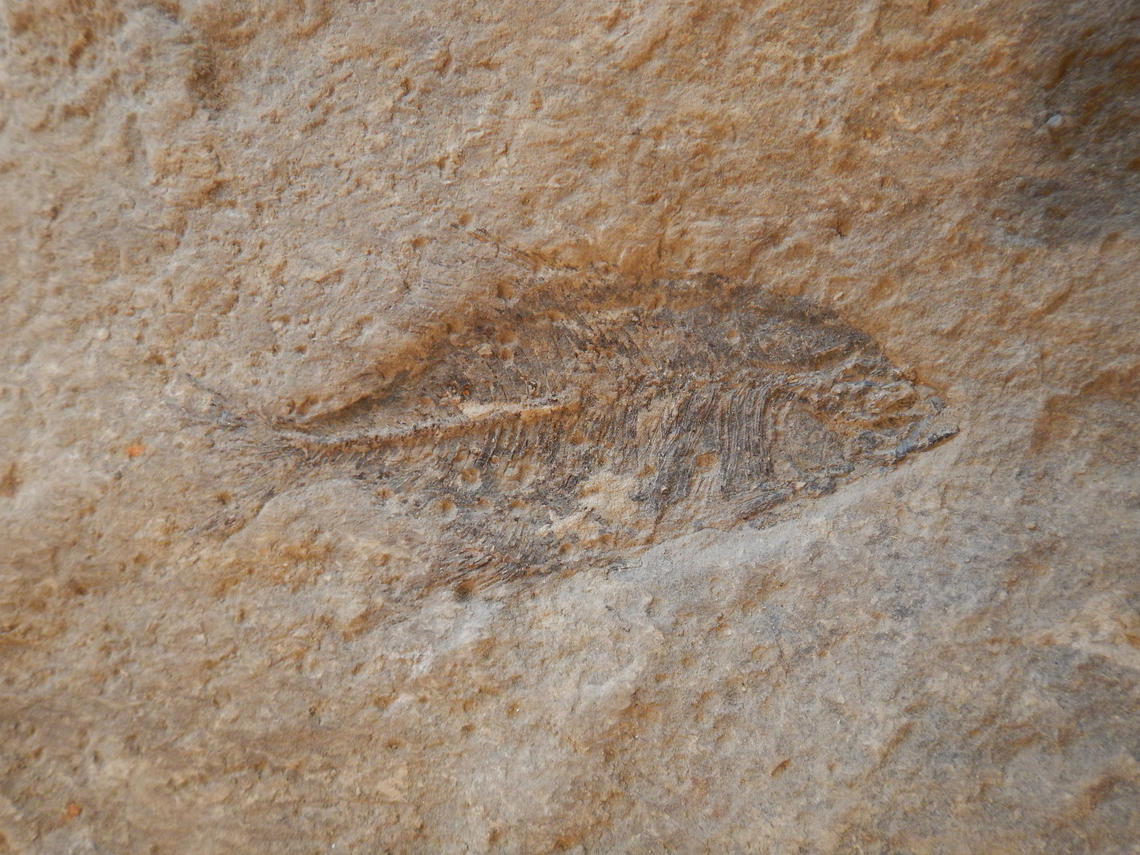
Close up of one of the fish fossils discovered.
Darla Zelenitsky
